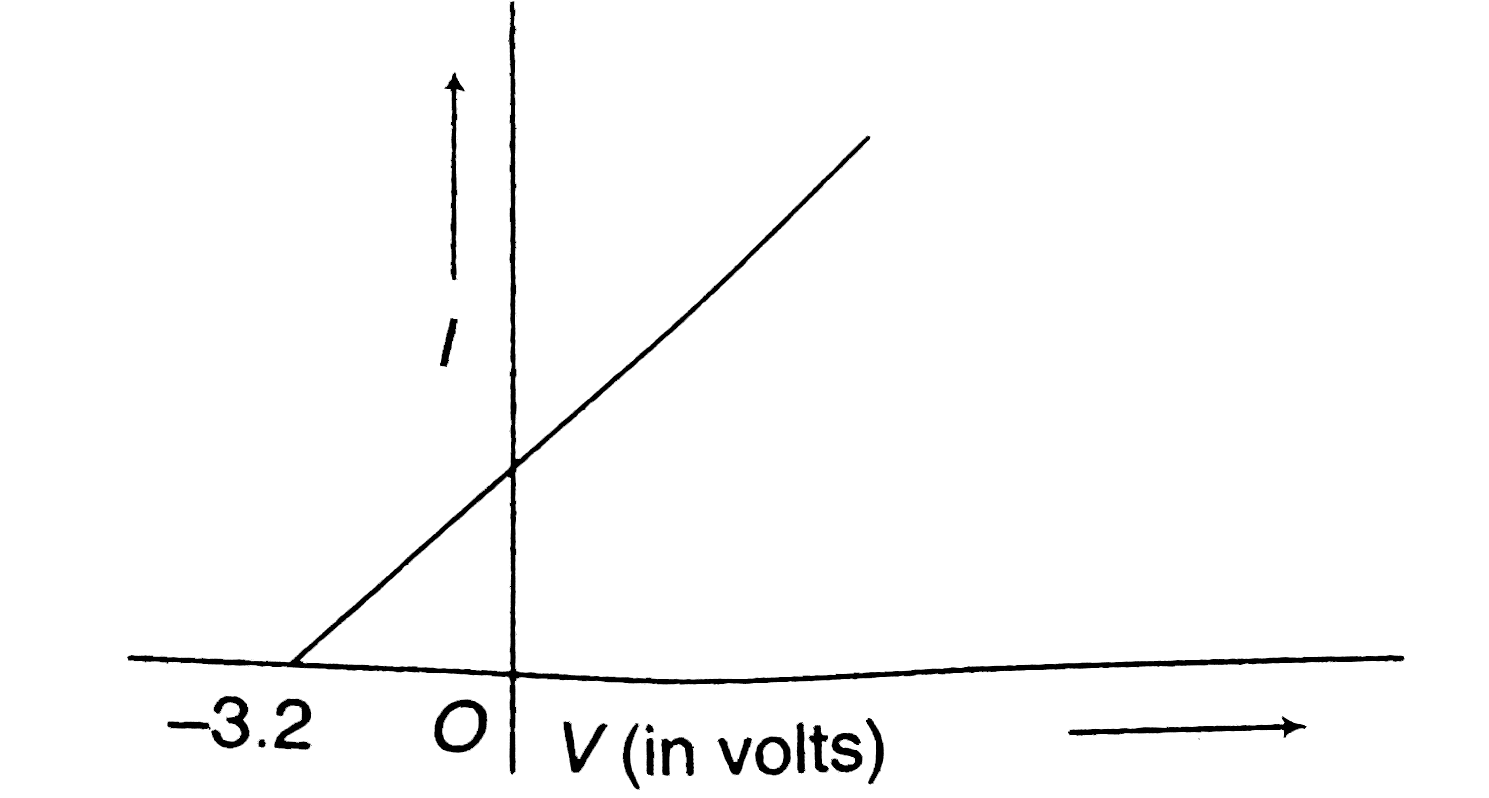In a photoelectric experiment, if both the intensity and frequency of the incident light are doubled, then the saturation photoelectric current.
Remains constant
Is halved
Is doubled
Becomes four times
The correct Answer is:C
Saturation current ∝ intensity and independent from frequency.
Topper's Solved these Questions
- ELECTRON, PHOTON, PHOTOELECTRIC EFFECT & X -RAYBOOK - ERRORLESSCHAPTER - ELECTRON, PHOTON, PHOTOELECTRIC EFFECT & X -RAYEXERCISE - NCERT BASED QUESTIONS (X-Rays)
34 Videos
- ELECTRON, PHOTON, PHOTOELECTRIC EFFECT & X -RAYBOOK - ERRORLESSCHAPTER - ELECTRON, PHOTON, PHOTOELECTRIC EFFECT & X -RAYEXERCISE - PAST YEARS QUESTIONS
71 Videos
- ELECTRON, PHOTON, PHOTOELECTRIC EFFECT & X -RAYBOOK - ERRORLESSCHAPTER - ELECTRON, PHOTON, PHOTOELECTRIC EFFECT & X -RAYEXERCISE - NCERT BASED QUESTIONS (Matter Waves)
24 Videos
- ELECTROMAGNETIC INDUCTIONBOOK - ERRORLESSCHAPTER - ELECTROMAGNETIC INDUCTIONEXERCISE - ASSERTION & REASON
20 Videos
- ELECTRONICSBOOK - ERRORLESSCHAPTER - ELECTRONICSEXERCISE - Assertion & Reason
26 Videos
Similar Questions
Knowledge Check
The magnitude of saturation photoelectric current depends upon
AFrequencyBIntensityCWork functionDStopping potentialExplain photoelectric effect Explain the effect of increase of intensity of incident radiations on photoelectrons emitted by a photo-tube.
AincreasesBdecreasesCremains constantDfirst decrease and then increase constantIn a photoelectric experiment , the maximum velocity of photoelectric emitted
Adepends on intensity of incident radiationBdoes not depend on cathode materialCdepends on frequency of incident radiationDdoes not depend on wavelength of incident radiation
Light of frequency v=1.5v0 (where v0=threshold frequency) is incident on a photosensitive material and photoelectric current is I. if the frequency of incident light is halved and the intensity of light is doubled then the photoelectric current becomes_____.
View SolutionWhat is photoelectric effect? Explain experimentally the variation of photoelectric current with (i) the intensity of the incident light (ii) the potential difference between the plates and (iii) the frequency of the incident light and hence state the laws of photoelectric emission.
View SolutionIn a photoelectric experiment the relation between applied potential difference between cathode and anode V and the photoelectric current cathode and anode V and the photoelectric current l and was found to be shown in graph below. If planck's constant h=6.6×10−34Js, the frequency of incident radiation would e nearly (in s−1)

View SolutionState how in a photo-cell, the work function of the metal influence the kinetic energy of the emitted electrons.
(a) If the intensity of the incident radiation is doubled, what change occur in (i) the stopping potential and (ii) in photoelectric current?
(b) If the frequency of the incident radiation is doubled, what changes occur in the (i) stopping potential and (ii) photoelectric current.
View SolutionThe incident photon involed in the photoelectric effect experiment
View Solution
